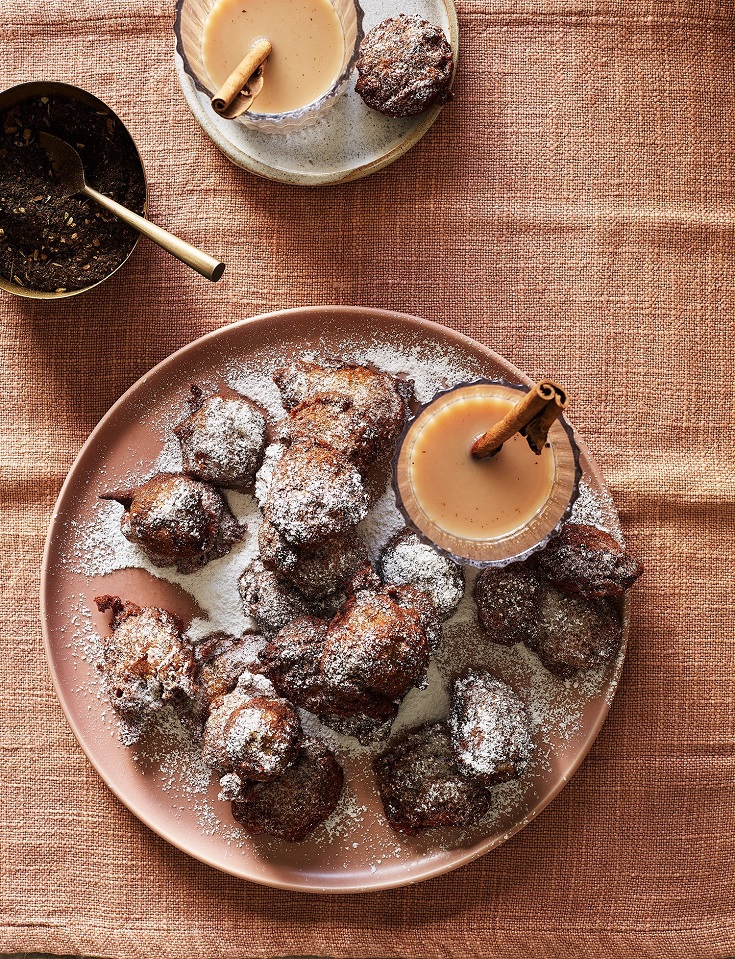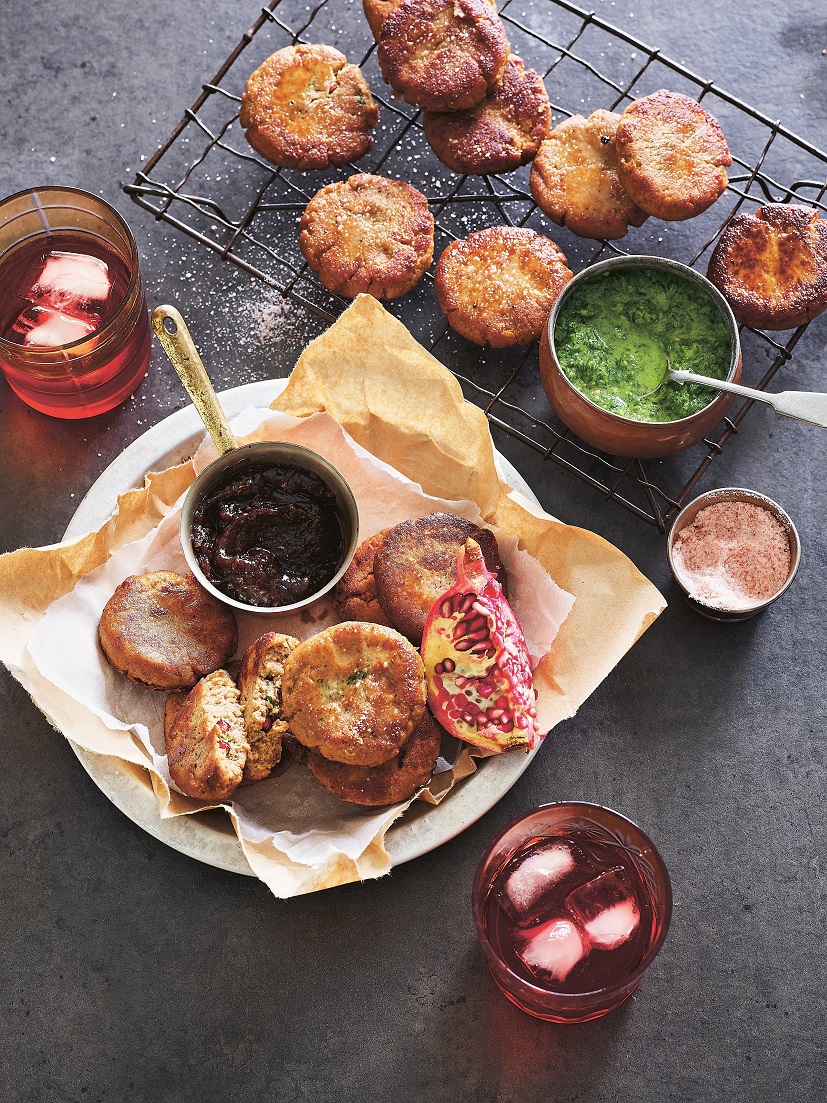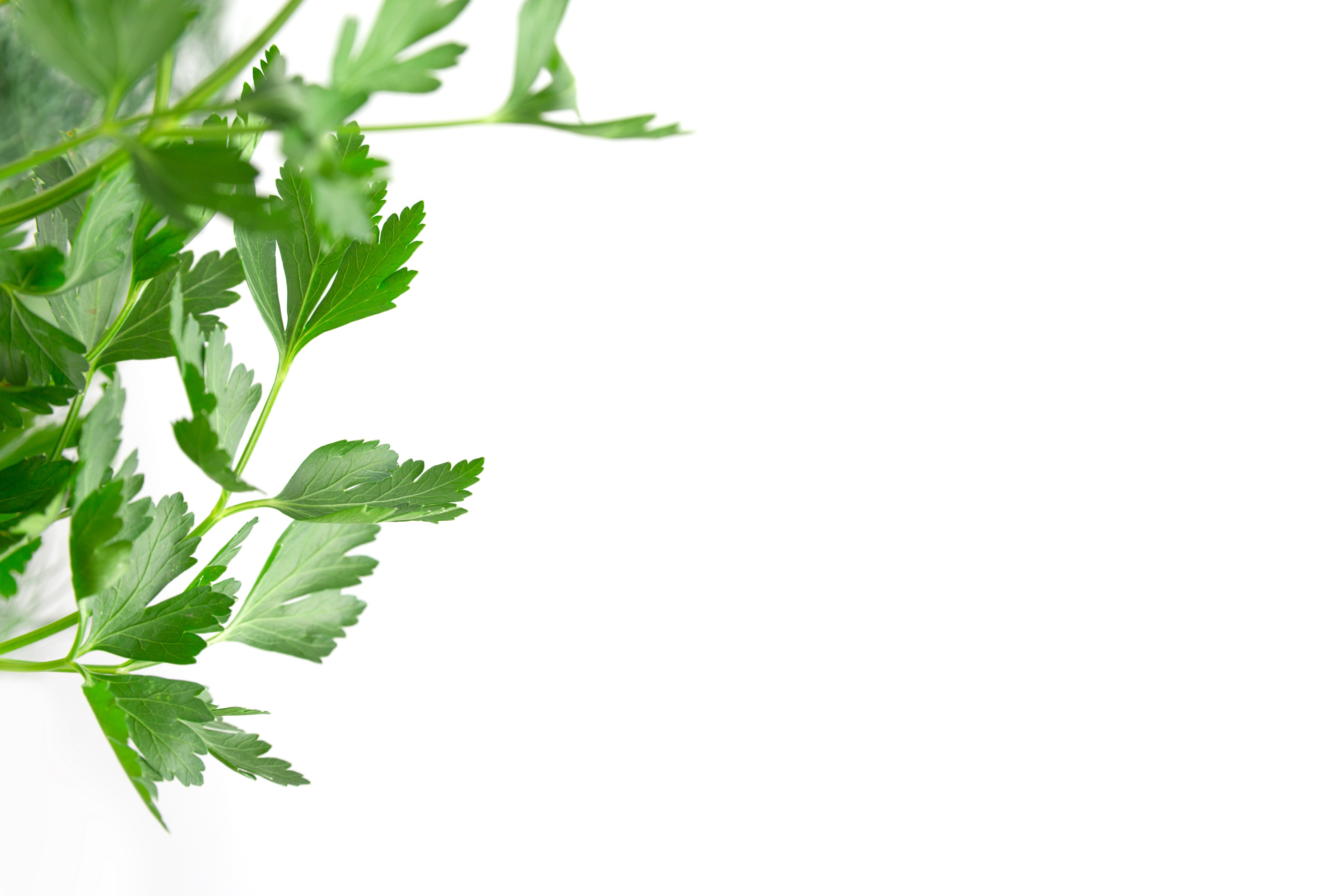
"This felt like alchemy to me."
She grew up watching her Nani Mummy (maternal grandmother), Dadi (paternal grandmother) and mother cook without recipes, recollecting and re-creating meals using their senses. This way of cooking is called "andaza" which translates to "estimation" but encompasses what Usmani describes as "the art of sensory cooking".
No meal was a one-dish affair and all began with the careful selection of produce at the market, no-one questioned them or complained.
Usmani spent the first eight years of her life at sea, the daughter of a merchant sea captain, but spent her teenage and adult years in Karachi, Pakistan, during a turbulent time of martial law and political strife but the kitchen was one place she felt secure.
"For me home was never just a place, it was a sensory experience that began in the kitchen."
The ability to create flavours intuitively wasn’t something I was taught, but something I picked up through my life in the kitchen.
"These became such an intrinsic part of me that cooking dishes I ate during my childhood came naturally as if my heart and mind just knew how to create those flavours and re-create moments long-forgotten."

"Writing the book has been a journey of self-discovery and evolution ... along the way I’ve been on a rollercoaster of emotions."
Usmani left Pakistan to study law in London and worked as a lawyer for 12 years before pursuing food writing and teaching.
She published the first Pakistani cookbook in Britain in 2016 Summers Under the Tamarind Tree which went on to be named the Best First Cookbook at the Gourmand Cookbook Awards.
She continues to teach at a variety of UK-based cookery schools, urging people to trust their senses and intuition with flavours.
The book
Images and text from Andaza by Sumayya Usmani, photography by Alicia Taylor. Murdoch Books RRP $49.99.

Dadi’s banana and fennel seed gulgulay doughnuts
This recipe is based on my father’s recollection of his mother’s doughnuts — I think I must have got it right, as he seems to think they taste just like my Dadi’s!
Makes about a dozen small doughnuts
Prep time: 20 minutes
Cooking time: 10–15 minutes
Ingredients
50g (⅓ cup) plain (all-purpose) flour
3-4 green cardamom pods, cracked open, seeds extracted and ground — you need œ tsp ground cardamom
¼ teaspoon fennel seeds, ground
1 tsp bicarbonate of soda (baking soda)
2 Tbsp icing (confectioners’) sugar, plus 2 Tbsp extra for decoration
1½ overripe bananas, mashed
2 Tbsp whole (full-cream) milk or non-dairy alternative
500ml (2 cups) sunflower oil
Method
Begin by sifting the flour, cardamom, fennel, bicarbonate of soda and icing sugar into a bowl. Stir gently with a fork to combine.
Add the mashed banana and, while mixing with the fork, slowly add just enough milk to make a very stiff and thick batter (you may not need it all). Leave the batter to rest for 10 minutes. Give it that time to get fluffy — I know my Dadi would have.
Heat the oil in a wok or heavy-based saucepan over medium heat. When it is hot, add teaspoonfuls of the batter and cook, keeping them moving so they don’t stick together, until they rise to the top, about 5-7 minutes.
Drain on paper towels, then dust with the extra icing sugar and serve hot — with a cup of chai, just like my Dadi did.
Dadi would heat up her karahi and fry small balls of fluffy gulgulay in hot oil. My father and his siblings would be given three or four each, and they’d sit and eat them under the large neem tree in the courtyard.

Chicken boti tikka, Bundoo Khan style
Family weekend trips to our favourite open-air barbecue restaurant meant we’d get to eat boti tikka with flatbreads and tamarind chutney — as the grown-up chat bored me, that was the only reason I’d willingly go along. For this recipe, you’ll need some bamboo skewers to thread the cubes of chicken on; remember to soak them for at least half an hour so they don’t get singed in the oven. Serve with naan or basmati rice.
Serves 4–6
Prep time: 25 minutes + marinating time, from 1 hour to overnight
Cooking time: 25–30 minutes
Ingredients
½ tsp chilli powder
½ tsp crushed black peppercorns
¼ tsp turmeric powder
1 tsp cumin seeds, roasted in a dry frying pan and ground
1 tsp coriander seeds, roasted in a dry frying pan and ground
½ tsp garam masala
½ tsp unsmoked paprika
3 garlic cloves, crushed
2.5cm ginger
Finely grated salt, to taste
Juice of 1 lemon
4 skinless chicken breast fillets, cut into 2cm cubes
2-3 Tbsp sunflower oil
For the tamarind chutney
100g dried tamarind — about half a block
4-5 Tbsp dark brown sugar
1 tsp salt
1 tsp cumin seeds, roasted in a dry frying pan
½ tsp crushed black peppercorns
½ tsp chilli powder
In a large bowl, mix the spices, garlic, ginger and salt with the lemon juice. Add the chicken and leave in the fridge to marinate for at least 1 hour, or as long as overnight.
In the meantime, soak about 6 bamboo skewers in water and make the chutney. Put the tamarind into a small saucepan with 150ml of water, the sugar, salt and spices. Bring to the boil and stir until the block of tamarind breaks up and the sugar and salt have dissolved, about 10-15 minutes.
Strain through a fine-mesh sieve into a bowl, discarding the tamarind and cumin seeds. Set the chutney aside while you cook the chicken.
Preheat the oven to 180°C and line a tray with baking paper.
Thread about 4 chicken pieces on to each bamboo skewer, then place on the baking tray. Brush the chicken with oil and cook for 20-25 minutes in the oven, or until the chicken is brown around the edges and cooked through.
Serve hot, with the bowl of chutney alongside.
The chicken tikka was always spicy and made my tummy rumble the minute I saw it. I’d pull off pieces of the chicken meat, roll it up in hot naan and reach for the chutney.

Family shami kebabs
Both of my grandmothers and my mother cooked these, and this is a combination of all their recipes. Feel free to double the amounts: cooked shami kebabs freeze well and my mother’s freezer is never without a batch. They can be served as a starter with drinks, or as a treat with afternoon tea, accompanied by chutney, pickle or tomato sauce — and chai, of course. They are also great with rice, daal and a pickle, alongside a main meal.
Makes about 15-20
Serves 6-8
Prep time: 20 minutes + 30 minutes soaking
Cooking time: 1 hour 45 minutes
Ingredients
4cm ginger, roughly chopped
1 egg, lightly beaten
2 Tbsp pomegranate seeds
3 Tbsp sunflower oil
For the coriander and mint chutney
100g coriander leaves with stems, but not roots
2 green chillies, deseeded if desired, roughly chopped — optional
15-20 mint leaves
salt, to taste
juice of ½ lemon
For the kebab mixture
175g chana daal (split chickpeas) or yellow split peas
650g lean minced beef
1 onion, peeled and cut into quarters
4 garlic cloves, peeled but left whole
1 cinnamon stick
6 green cardamom pods, bruised
2 star anise
1 dried red chilli
1 bay leaf
1 Tbsp cumin seeds, roasted in a dry frying pan and ground
½ Tbsp coriander seeds, roasted in a dry frying pan and ground
10 black peppercorns, coarsely ground
1 tomato, cut into quarters
salt, to taste

For the kebab mixture, soak the chana daal in a bowl of water for 30 minutes. Place the soaked chana daal with the remaining ingredients in a large saucepan with a lid.
Pour in about 450ml of water, just enough to cover everything. Cook over medium heat, stirring regularly, for 30-40 minutes, or until the water has evaporated completely — the mixture needs to be very dry.
Meanwhile, make the chutney by blending all the ingredients in a blender or small food processor. The chutney needs to be thick enough to work as a stuffing for the kebabs, so don’t be tempted to add any water to help with the blending.
Once the kebab mixture is bone-dry, remove the cinnamon, cardamom pods, star anise, chilli and bay leaf.
Transfer the kebab mixture to a food processor, along with the ginger, and blitz to a smooth paste. Add the egg and blitz again to combine.
To make the shami kebabs, mould 2 tablespoons of the mixture into a ball about the size of a golf ball. Using your thumb, make a hollow in the centre and add about half a teaspoon of the chutney and a couple of pomegranate seeds, then form the mixture back around them, enclosing the stuffing completely. Gently flatten the kebab into a burger shape. Continue until all the mixture is used up.
To cook the kebabs, heat the oil in a frying pan over medium heat and fry the kebabs in batches for 2–3 minutes on each side until well browned. Remove and drain on paper towels.
Eat immediately, with any remaining chutney on the side, or freeze for up to 3 months, remembering to let them thaw before reheating thoroughly.
One of my favourite ways to eat these is by making the Karachi street food called bun kebab: a soft brioche bun is lightly fried in a little ghee and filled with a hot shami kebab, tamarind and coriander chutneys and salad.












